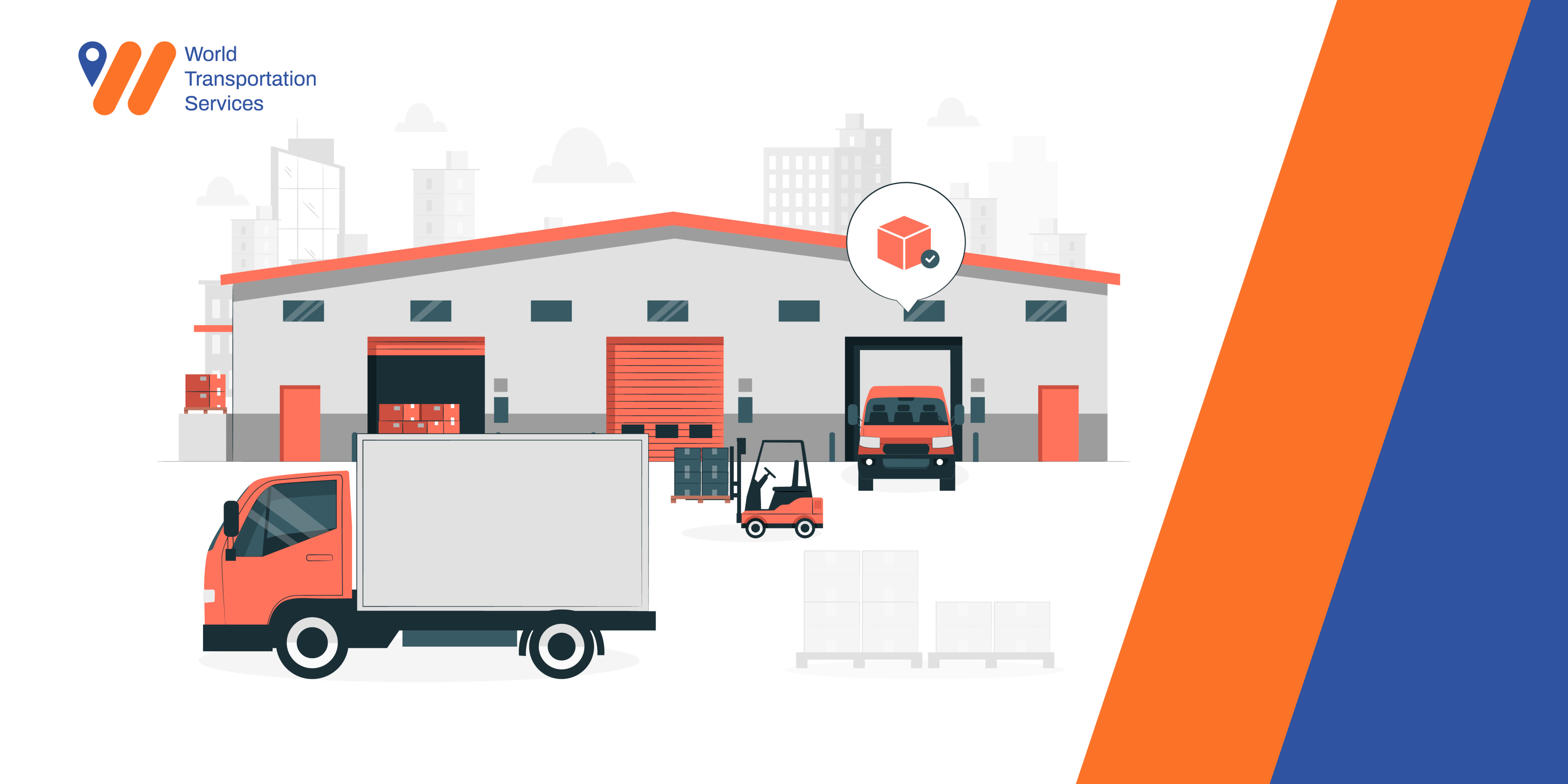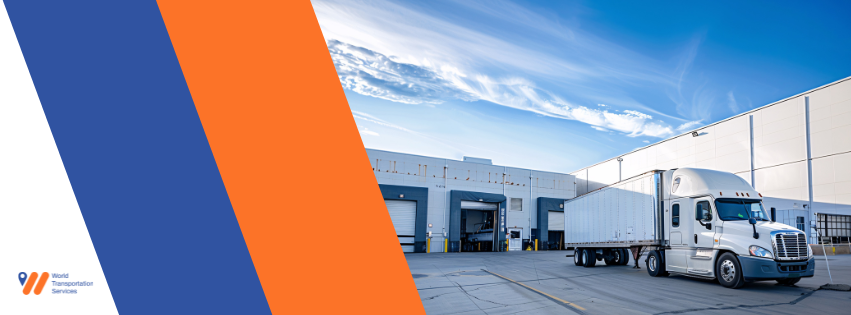The Drayage RoadMap: How to Navigate Extra Charges and How To Reduce Them By Optimizing Your Logistics
In the dynamic arena of logistics and transportation, mastering drayage services is part of the essentials to develop a seamless shipping strategy. The complexity of drayage, however, is often heightened by various extra charges, which, if not carefully managed, can lead to unexpected increases in logistics costs. This guide delves into these charges and offers strategic advice to mitigate their impact, focusing on optimizing your drayage operations for better efficiency and cost-effectiveness.
Decoding Drayage Extra Charges
A myriad of extra charges can complicate drayage costs. Understanding these charges is the first step in managing your logistics expenses effectively:
- Fuel Surcharge (FSC) and Chassis Usage/Split Fees address fluctuating fuel prices and the use of additional equipment.
- Detention and Demurrage Fees are incurred when there are delays in cargo pickup or return, leading to extra costs for container and truck use.
- Waiting Time Charges apply during loading or unloading delays, while Overweight/Oversize Surcharges cater to cargo that exceeds standard limits.
- Regulatory fees, such as Congestion Fees, Gate Fees, Hazardous Materials Fees, and Clean Truck Fees, reflect the costs associated with specific transportation challenges and regulations.
- Administrative Fees and Storage Fees cover paperwork, customs clearance, and extended cargo storage.
- Repositioning Fees are assessed for the logistical efforts of moving equipment for shipments.
Strategies for Optimizing Drayage and Minimizing Extra Charges
Optimizing your drayage operations requires strategic planning and proactive management. Here are key strategies to help reduce extra charges:
- Accurate Documentation: Ensure all paperwork is precise to avoid delays that lead to detention and demurrage fees.
- Negotiate with Providers: Work with your drayage providers to possibly extend free time for container usage and reduce or waive certain fees.
- Leverage Technology: Use logistics management software for real-time tracking and efficient shipment management.
- Plan Efficiently: Optimize routes and schedule pickups or deliveries to avoid peak congestion times, reducing waiting time and congestion fees.
- Understand Limits: Be aware of cargo weight and size restrictions to prevent oversize and overweight surcharges.
- Communicate Effectively: Maintain open lines of communication with your drayage provider to address potential issues promptly.
Implementing these strategies can significantly reduce the impact of drayage extra charges on your logistics budget. By thoroughly understanding the nuances of drayage charges and actively engaging in cost-saving practices, businesses can achieve a more streamlined and cost-efficient logistics operation. Mastering the complexities of drayage not only ensures smoother supply chain management but also empowers companies to navigate the challenges of modern logistics with confidence and an strategic approach.




